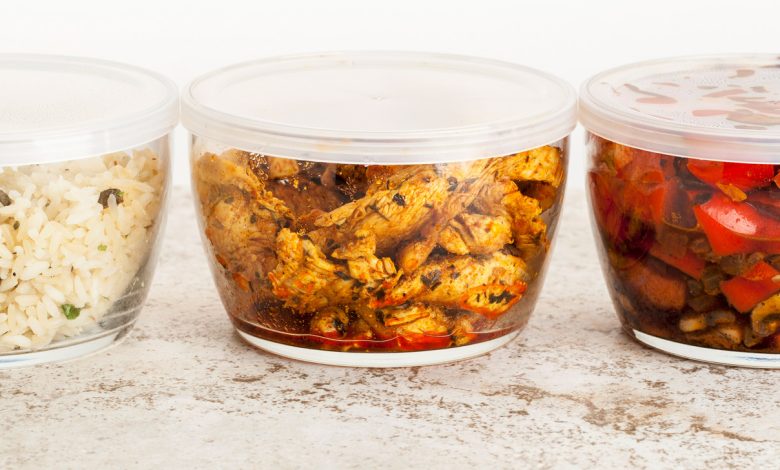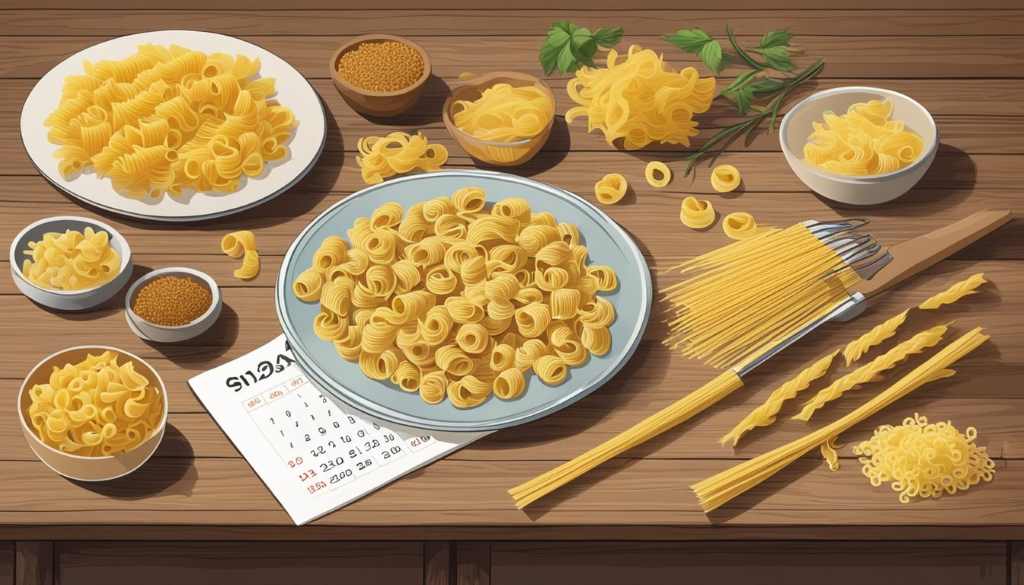
Pasta is a beloved staple in kitchens around the world, known for its versatility and ability to transform into a myriad of delicious dishes. But how long can cooked pasta stay in the fridge before it’s time to say “arrivederci”?
Let’s dive into the details to ensure you’re enjoying your pasta safely and deliciously, even as leftovers.
The General Rule of Thumb
In most cases, cooked pasta can safely stay in the fridge for 3 to 5 days. However, it’s important to consider several factors that can influence its longevity:
Type of Pasta:
-
- Fresh homemade pasta: This is the most perishable due to the lack of preservatives. Aim to consume it within 4-5 days.
- Fresh store-bought pasta: Typically has a shelf life of 1-3 days in the fridge.
- Dried pasta: The most common type, it can last the standard 3-5 days when cooked and stored properly.
- Gluten-free pasta: Follows the same 3-5 day guideline.
Ingredients:
-
- Pasta with sauce: Dishes like lasagna or spaghetti with meat sauce may last a bit longer, around 5 days, thanks to the acidic nature of tomatoes.
- Plain pasta: When storing perishable items, such as meats and dairy, without the added protection of sauce, it’s best to stick to the 3-5 day recommendation. Additionally, here are some foods you should never refrigerate to maintain their freshness and flavor.
- Egg-based pasta: Due to the eggs, this type is slightly more prone to spoilage and should be consumed within 3-4 days.
Storage Method:
-
- Airtight containers: The key to maximizing freshness is to store pasta in airtight containers. This prevents it from drying out and absorbing odors from other foods.
- Separate storage: If possible, store pasta and sauce separately to maintain their textures and flavors.
Signs Your Pasta Has Gone Bad
While the 3-5 day guideline is a good starting point, it’s crucial to inspect your pasta before consuming it. Here are some telltale signs that it’s time to discard it:
- Mold: The presence of any fuzzy growth is an immediate red flag.
- Off odor: A sour or unpleasant smell indicates spoilage.
- Slimy texture: Fresh pasta should be firm and slightly springy. A slimy or mushy texture is a sign of spoilage.
- Discoloration: If your pasta has developed an unusual color, it’s best to err on the side of caution and discard it.
Tips for Storing and Reheating Pasta
- Cool it down: Before refrigerating, allow cooked pasta to cool slightly to prevent excess condensation in the container.
- Toss with oil: Adding a drizzle of olive oil helps prevent sticking and keeps the pasta moist.
- Reheat gently: To avoid turning your pasta into mush, reheat it gently in a pan with a bit of water or sauce, or microwave it on low power.
Freezing Cooked Pasta
If you need to store cooked pasta for longer periods, freezing is a great option. Here’s how:
- Cook the pasta al dente to prevent it from becoming mushy when thawed.
- Cool and toss with a bit of oil to prevent sticking.
- Portion the pasta into freezer-safe containers or bags.
- Freeze for up to 2-3 months.
When you’re ready to enjoy your frozen pasta, simply thaw it in the refrigerator overnight and reheat it gently. Is rice considered a pasta? Check out this comprehensive guide to pasta varieties for more information on rice-based options!
Conclusion
With proper storage and a keen eye for signs of spoilage, you can safely enjoy your leftover pasta for days after cooking. Whether you’re indulging in a classic spaghetti carbonara or experimenting with a new recipe, knowing how long pasta lasts in the fridge allows you to savor every delicious bite while minimizing food waste.





